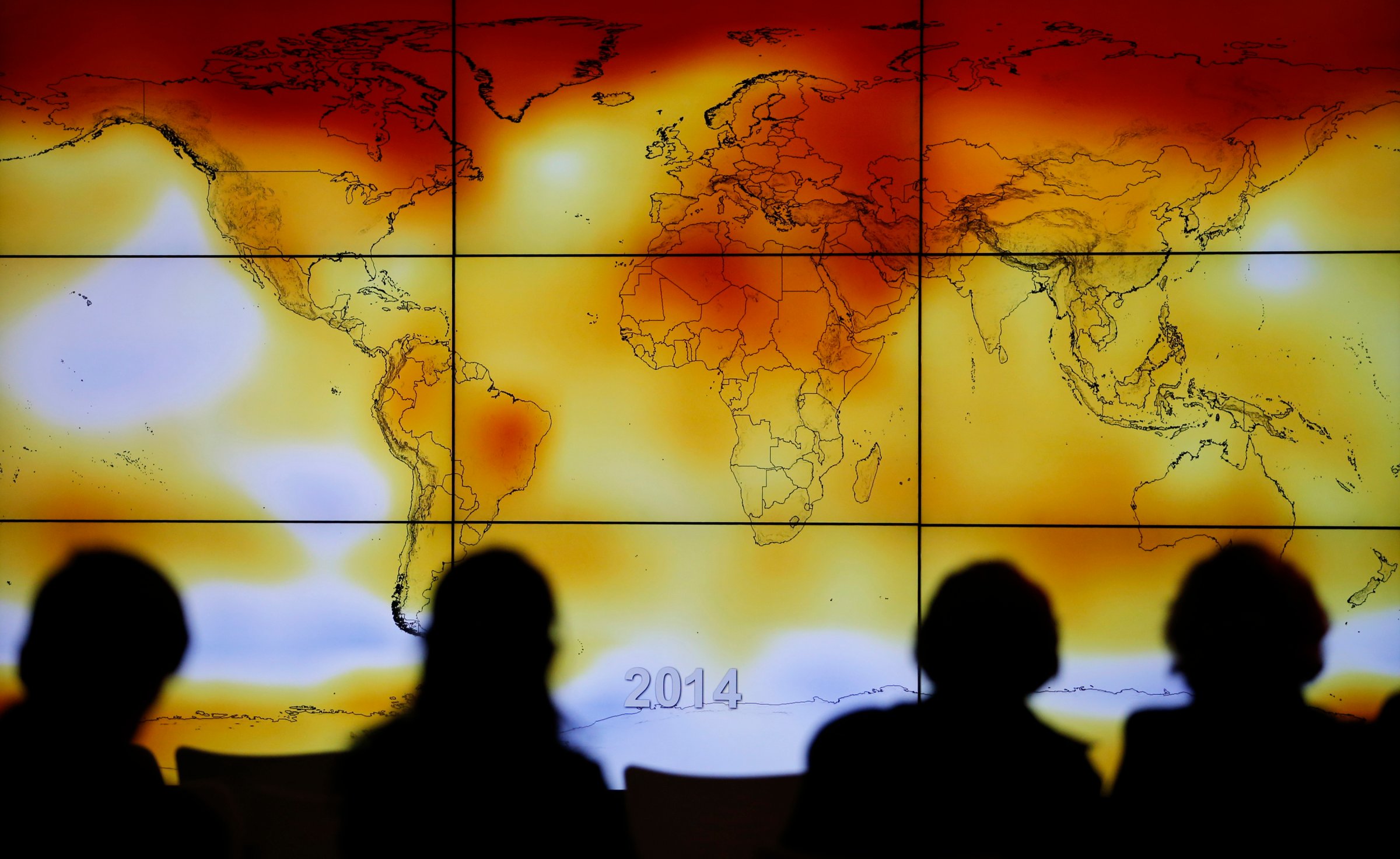
Kyte, a former World Bank Group Vice President and Special Representative of the UN Secretary-General for Sustainable Energy for All, is the dean of The Fletcher School at Tufts University
There’s hot and then there’s extreme hot. Hot is uncomfortable. Extreme hot pushes the limits of human survival. In late May, mercury readings soared to 128.3 degrees in Pakistan, a swelter that coincided with Ramadan, when millions of Pakistanis forgo water and food from sunrise to sunset. A month later, temperatures hit 129.2 degrees in Iran, likely the hottest temperature every reliably measured on Earth. Meanwhile, in Phoenix, Arizona, 118-degree temperatures grounded airplanes and triggered record-high power demand at several local utilities.
Access to cool air, safe food, safe medicines is something most Americans and the fortunate across the world take for granted. But in parts of the world where hot spots are intensifying, and where the less well-off lack access to cooling, it can mean suffering and death.
As urban populations grow in parts of the world where extreme heat events are intensifying, cooling is not a luxury good. It is as a fundamental component of modern life — from cold supply chains for fresh food, to safe storage for life-saving vaccines and medicines, to cooler, safer work and educational environments that can elevate productivity. But as the latest Global Tracking Framework shows, at least one billion people in the world currently lack access to electricity — and therefore can’t access basic cooling solutions, such as air conditioning and refrigeration. In short: We need to provide more people with access to cooling.
But the current solutions can also be the problem. Cooling presently relies heavily on hydrofluorocarbons (HFCs), the climate-polluting chemicals we have long relied upon for our air conditioners and refrigerators. And so it is essential that, as we provide greater access, we find affordable, super-efficient, scalable solutions that do not contain HFCs. Otherwise, we will only prolong a vicious circle: Climate change causes temperatures to rise; demand for cooling therefore also increases; the cooling pollutes, driving further lethal warming; and so on.
Closing the world’s massive cooling gap is the focus of a new “Cooling for All” initiative, which will focus on creating a direct intersection between three internationally agreed upon goals for the first time: the Paris Climate Agreement, the Sustainable Development Goals and the Montreal Protocol’s Kigali Amendment. Approved last year in Rwanda, the Kigali Amendment calls for phasing out consumption and production of HFCs — providing a perfect opportunity for leveraging new technologies and approaches that could lead to leaps in cooling efficiency. In fact, compliance costs associated with the Kigali Amendment could largely be met by savings achieved through cooling efficiency gains.
The economic and social and environmental costs of not providing sustainable and affordable cooling access for all remain poorly understood. Without better understanding, we risk having countries across the world risk getting locked into costly high-carbon, energy-inefficient cooling pathways as they try to quickly adjust to record temperatures. The infrastructure is being built — or will be soon. We need to make sure it’s made with the most modern technology available, and that innovation keeps pushing further.
Without supporting communities, cities and countries to take the right, informed action, we risk more deadly heatwaves, and we risk volatile weather that will hit the poorest the hardest. The 30 hottest cities in the world are in developing countries and the people most at risk from lack of cooling access are the most vulnerable: women, the poor, children and the elderly. In order to ensure a future that allows us all to live in safe environments, we need to blow in some cool air — and quickly.
More Must-Reads from TIME
- Inside Elon Musk’s War on Washington
- Meet the 2025 Women of the Year
- The Harsh Truth About Disability Inclusion
- Why Do More Young Adults Have Cancer?
- Colman Domingo Leads With Radical Love
- How to Get Better at Doing Things Alone
- Cecily Strong on Goober the Clown
- Column: The Rise of America’s Broligarchy
Contact us at letters@time.com